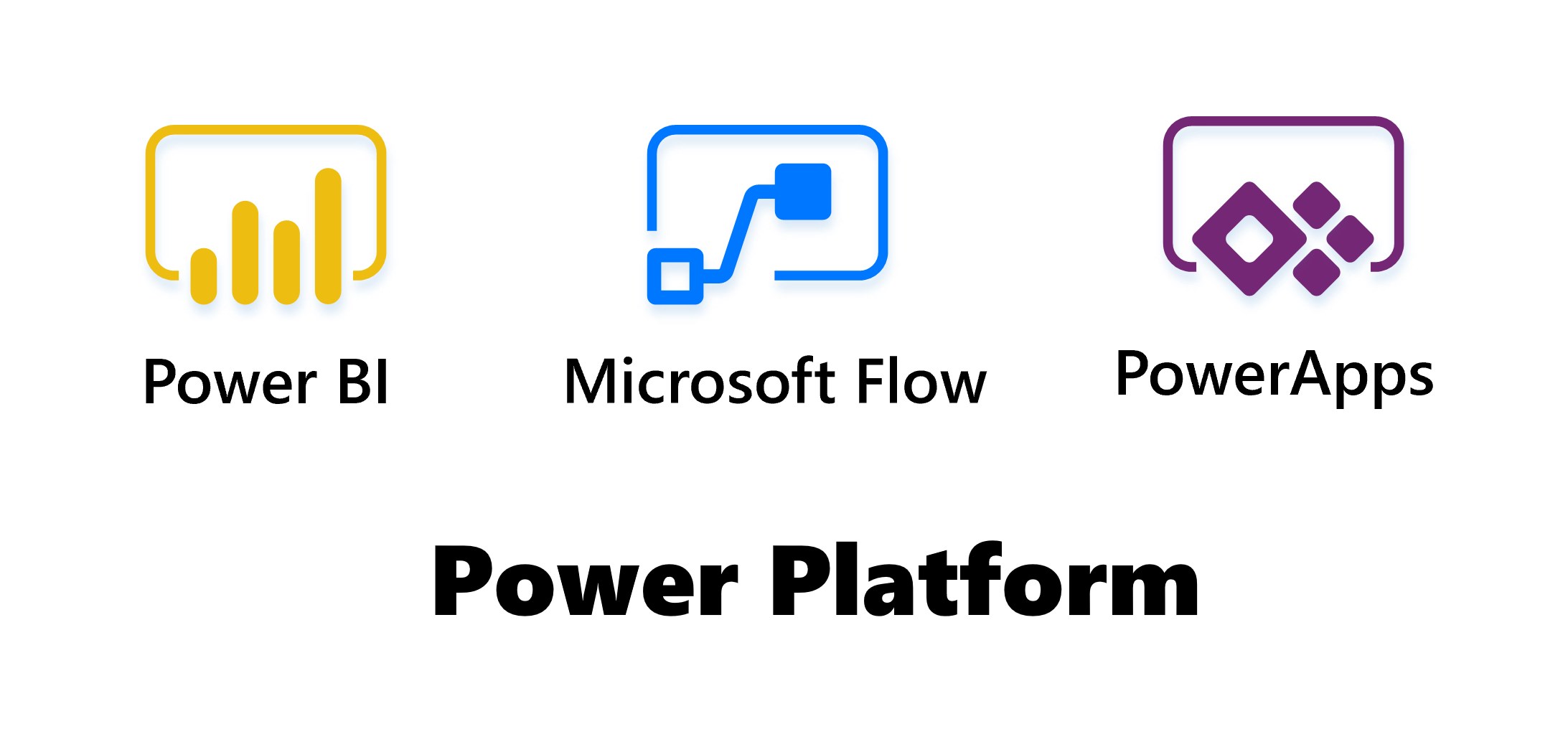Creating a home office is a great idea. There are a few reasons why you’d want to do this. The current pandemic means that many workers have been forced to work from home, whether they want to or not. For others, working from home was always an option. And some of you may just want a space at home to attend to paperwork and life administration tasks.
Whatever your reasons for creating a home office, today we’re going to go through six tips for designing the perfect home office space.
Get a good printer and scanner
This is an essential part of any home office. HP home office printers offer superior printing and scanning to help you keep on top of all that red tape. A printer/scanner is useful for any forms that you may need to fill and return for your work or in your personal life. A bonus is that if you are buying a printer/scanner for work, it is completely tax-deductible too.
Upgrade your computer
You might be fortunate enough to have your workplace provide you with a computer, but if you aren’t or if you are setting up this space for your own time then you will need a good computer. If yours is old and slow, now is a perfect time to upgrade to a newer model that will get the job done.
Create an ergonomic set-up
When it comes to your desk, chair, monitor and keyboard you want to replicate the sort of ergonomic set up that you would use in the office. This means paying careful attention to the position of all of these things in relation to each other. This is important if you want to avoid feeling tight and tense after a day at your home office. Check out this super useful resource on how to create an ergonomic workspace.
Decoration is important
Who wants a bland, boring home office space? You’re probably more free in your choice of decorations than you are at your actual office. So get creative! Mount some choice artworks or photographs according to your personal preference. Decorate your desk with odds and ends. Put up some of your kids’ drawings and family photos. Invest in a few house plants as well – the benefits of these to air quality and general wellbeing are proven by science.
Storage matters
You’re going to need somewhere to store your paperwork, files and other assorted things that come with a home office. As part of setting up the perfect space, invest in some cabinets and storage cubes to help you sort everything. Office organisation is a worthy endeavour.
Fresh air and light
Nobody wants to work in a dark, musty and enclosed space. Make sure that your home office location has plenty of natural light and windows that can open to let in some fresh air from time to time. If you are hard-pressed to find a spot that has brilliant natural light then you should invest in a desk lamp to ensure that you have enough light to work with.
A Studious summary
A good printer and scanner are a must-have for any home office space, as is a newer computer. Ergonomics are ultra-important to avoid any injury or soreness at the end of the day. Make sure to decorate your space according to your tastes, and invest in some storage solutions for paperwork and files. Finally, try to pick a location that has plenty of fresh air and natural light available. In a pinch, a desk lamp will work well to provide added light should you require it.








